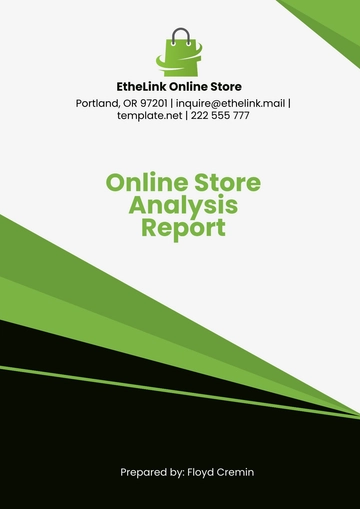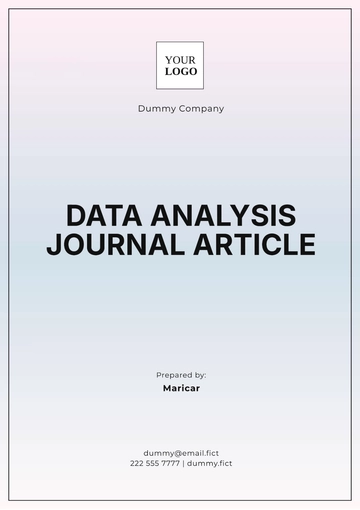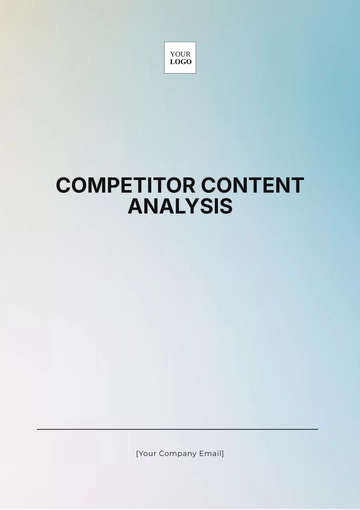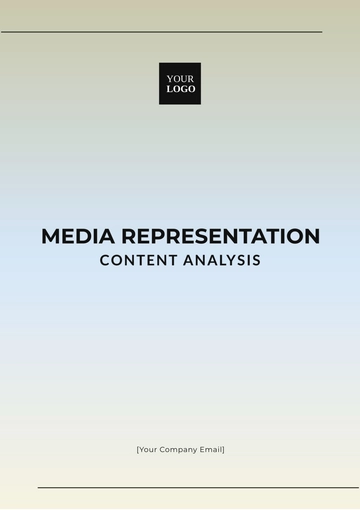Policy Analysis Journal Article
"Evaluating Urban Transportation Policy"
Written By: [Your Name]
Publication Date: [Date]
Abstract
This journal article examines the Urban Transportation Infrastructure Improvement Act of 2050, which was designed to enhance public transportation networks, reduce congestion, and improve environmental sustainability. Through detailed analysis of policy implementation and outcomes, this study assesses the effectiveness of the Act and provides recommendations for future improvements.
Introduction
The Urban Transportation Infrastructure Improvement Act of 2050 aimed to address critical issues in urban transportation systems, including traffic congestion, outdated infrastructure, and environmental impacts. This article evaluates the Act’s impact on public transportation, examines its success in meeting its objectives, and suggests potential areas for refinement.
Background
The Act introduced several key initiatives:
Expansion of Public Transit: Investment in new bus and train lines to increase coverage.
Infrastructure Upgrades: Renovation of existing roads and bridges.
Environmental Measures: Implementation of green technologies and emission reduction strategies.
Literature Review
The literature review covers:
Policy Design: Framework and objectives of the Urban Transportation Infrastructure Improvement Act.
Impact Assessment: Review of previous studies and evaluations of similar urban transportation policies.
Comparative Analysis: Insights from other cities with comparable transportation infrastructure improvements.
Methodology
The study utilizes a mixed-methods approach:
Quantitative Data: Analysis of traffic patterns, public transit usage statistics, and environmental impact reports from the Department of Transportation.
Qualitative Data: Surveys and interviews with city planners, transportation experts, and residents.
Comparative Analysis: Examination of transportation improvements in other cities that have implemented similar policies.
Analysis and Findings
Public Transit Expansion
Policy Overview: The Act allocated funding for the expansion of bus and train routes.
Findings: Data shows a 25% increase in public transit ridership and a 15% reduction in traffic congestion in the areas served by new transit lines. However, some neighborhoods still experience limited access.
Recommendations: Extend service coverage to underserved areas and improve integration between different modes of transportation.
Infrastructure Upgrades
Policy Overview: The main aim of the project is to concentrate on the tasks of repairing and upgrading not just roads but also bridges and tunnels, ensuring that they are brought up to higher standards of safety and efficiency.
Findings: Infrastructure improvements have reduced vehicle maintenance costs by 20% and decreased travel time by 10%. However, ongoing maintenance issues and construction delays have caused some disruption.
Recommendations: Enhance project management and scheduling to minimize disruptions and ensure timely completion of infrastructure projects.
Environmental Measures
Policy Overview: The Act included the adoption of green technologies and stricter emission standards.
Findings: There has been a 12% reduction in greenhouse gas emissions from transportation and increased use of electric and hybrid vehicles. Yet, air quality improvements have been less significant than anticipated due to ongoing traffic congestion.
Recommendations: Strengthen incentives for electric vehicle use and implement congestion pricing to further reduce emissions.
Discussion
The Urban Transportation Infrastructure Improvement Act of 2050 has achieved several key objectives, including increased public transit ridership and improved infrastructure. However, challenges remain, particularly in extending access and achieving significant environmental benefits.
Policy Effectiveness
Strengths: Successful expansion of transit services and infrastructure upgrades. Positive impact on reducing congestion and maintenance costs.
Weaknesses: Limited coverage in some areas and ongoing maintenance issues. Environmental benefits not as pronounced as expected.
Opportunities for Improvement: Expand transit coverage, improve project management, and enhance environmental measures.
Recommendations
Expand Transit Coverage: Increase funding and planning efforts to extend public transit services to all neighborhoods.
Improve Project Management: Adopt best practices in construction and project management to reduce delays and disruptions.
Enhance Environmental Policies: Implement stronger incentives for electric vehicles and consider congestion pricing to further reduce emissions.
Conclusion
The Urban Transportation Infrastructure Improvement Act of 2050 has made significant strides in enhancing urban transportation infrastructure. While it has achieved many of its goals, further refinements are needed to address ongoing challenges and maximize the benefits of the policy.
References
Department of Transportation (2053). Urban Transportation Infrastructure Report: Annual Review. U.S. Government Publishing Office.
Green, A., & Harris, B. (2052). Evaluating Urban Transportation Policies: Case Studies and Outcomes. Journal of Urban Policy, 48(2), 112-130.
Wilson, C. (2051). Infrastructure Upgrades and Environmental Impact: Lessons from Recent Urban Policies. Transportation Research Part A, 43(3), 45-60.
Journal Article Templates @ Template.net






























